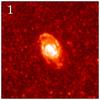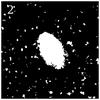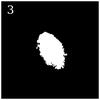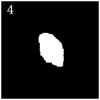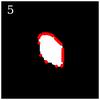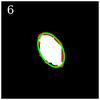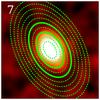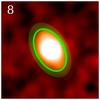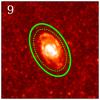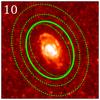Fig. 5
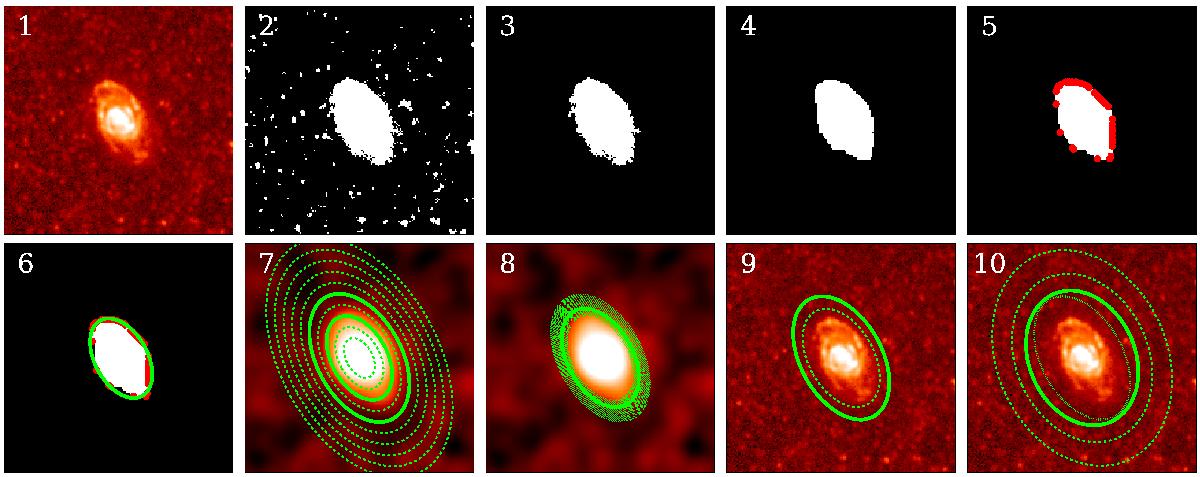
Stages of the CAAPR aperture-fitting process, using SPIRE 250 μm data for DustPedia galaxy NGC 5364 as an example. Panel 1: central 1000″ × 1000″ portion of map. Panel 2: all of the pixels with S/N> 3. Panel 3: contiguous set of significant pixels isolated as being associated with target source. Panel 4: isolated pixels after being subjected to binary opening. Panel 5: vertices of convex hull of isolated pixels (red dots). Panel 6: best-fit ellipse to convex hull of isolated pixels (solid line). Panel 7: smoothed copy of map, with coarse radial profiling (dashed lines) to find interval within which S/N = 2 (solid lines). Panel 8: region that undergoes detailed radial profiling (dotted shading) to find exact semi-major axis at which S/N = 2 (solid line). Panel 9: resulting elliptical aperture, before (dashed line) and after (solid line) being multiplied by 1.25 expansion factor. Panel 10: final photometric aperture (solid line), found by combining aperture fitted in this band (dotted line) with those fitted in all other bands; final background annulus is also shown (dashed lines).
Current usage metrics show cumulative count of Article Views (full-text article views including HTML views, PDF and ePub downloads, according to the available data) and Abstracts Views on Vision4Press platform.
Data correspond to usage on the plateform after 2015. The current usage metrics is available 48-96 hours after online publication and is updated daily on week days.
Initial download of the metrics may take a while.



